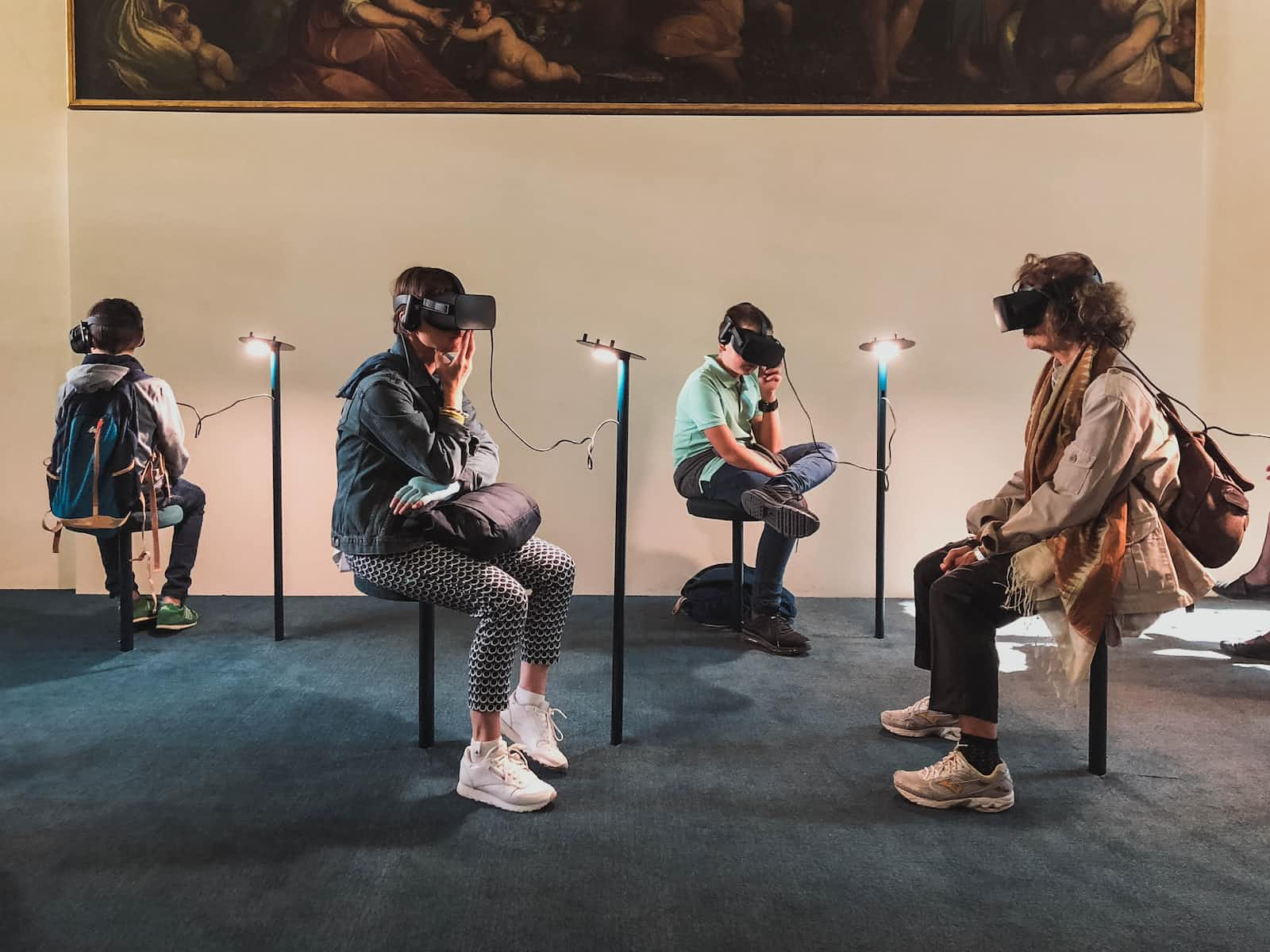What is Spatial Computing and How is it Revolutionizing Our World?
 Syed Talha Ahmed
Syed Talha Ahmed
Quick Glimpse:
Spatial computing is a term that has been around for a while, but it's only recently that it has started to gain traction. It refers to the virtualization of activities and interactions between machines, people, objects, and the environments in which they take place to enable and optimize actions and interactions. In other words, it adds knowledge of relative location, i.e. location with respect to other locations, to expand the concept of ‘traditional computing’ .
Spatial computing is closely related to virtual reality (VR) and augmented reality (AR) since it's founded on the same concept known as digital twins. Spatial computing broadly characterizes the processes and tools used to capture, process and interact with 3D data. Components of spatial computing can include IoT, digital twins, ambient computing, augmented reality, virtual reality, AI, and physical controls.
The prevalence of automation, as well as machines working alongside humans, is increasing globally. Spatial computing will unlock synchronized operations between these humans and machines, as they work side by side. Spatial computing concepts also play a role in orchestrating autonomous computing applications in warehouse automation, self-driving cars, and supply chain automation.
Benefits of Spatial Computing
Spatial computing has the potential to revolutionize the way we interact with technology. Here are some of the benefits of spatial computing:
Improved accuracy and efficiency: Spatial computing can help improve the accuracy and efficiency of tasks by providing real-time data and insights.
Enhanced safety: Spatial computing can help improve safety by providing real-time information about the environment and potential hazards.
Increased productivity: Spatial computing can help increase productivity by providing workers with the information they need to perform their tasks more efficiently.
Better decision-making: Spatial computing can help improve decision-making by providing real-time data and insights that can be used to make informed decisions.
Tools for Spatial Computing
There are several tools available for spatial computing, including:
ARKit: ARKit is a framework developed by Apple that allows developers to create augmented reality experiences for iOS devices.
Unity: Unity is a game engine that can be used to create 3D experiences for a variety of platforms, including VR and AR.
Unreal Engine: Unreal Engine is a game engine that can be used to create high-quality 3D experiences for a variety of platforms, including VR and AR.
Vuforia: Vuforia is an AR platform that allows developers to create AR experiences for a variety of platforms, including iOS and Android.
Conclusion
Spatial computing is a rapidly evolving field that has the potential to revolutionize the way we interact with technology. By providing real-time data and insights, spatial computing can help improve accuracy, efficiency, safety, productivity, and decision-making. With the availability of tools like ARKit, Unity, Unreal Engine, and Vuforia, it's easier than ever to get started with spatial computing and create immersive experiences for a variety of platforms.
Sources
What Is Spatial Computing? - PTC https://www.ptc.com/en/blogs/corporate/what-is-spatial-computing What is Spatial Computing and How is it Revolutionizing Our World? - Verses AI https://www.verses.ai/blogs/what-is-spatial-computing-and-how-is-it-revolutionizing-our-world What is Spatial Computing? Definition from TechTarget https://www.techtarget.com/searchcio/definition/spatial-computing
Subscribe to my newsletter
Read articles from Syed Talha Ahmed directly inside your inbox. Subscribe to the newsletter, and don't miss out.
Written by

Syed Talha Ahmed
Syed Talha Ahmed
21|Web3 enthusiast| @Savepakistanorg @LearnWeb3DAO @web3pak | Ambassador at @blockshipDAO | Reactnative dev💻 | Solidity | UI/UX dev | 4 x Hackathon Winner 🏆